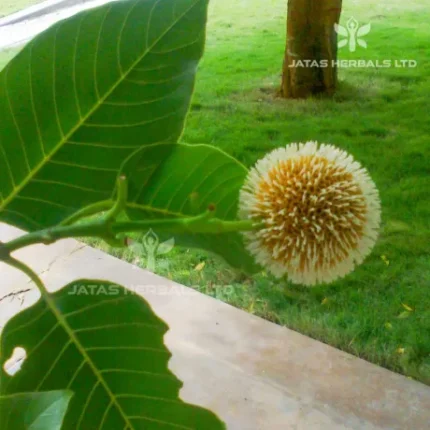Both Kœravellaka and Kœravellika are the same plant but they may be its different varieties-( Thakur Balvant Singh). Similarly Sushavi has been identified with a variety of Kravellaka. Sushruta described Sushavi under Aragvadhadi gana which is Karavellaka or Paniyavalli according to Dalhana. Karavellaka is now identified as a potent antidiabetic drug and the fruit is mainly used.
Botanical Description – It is a climber bearing yellow coloured flowers. It is cultivated at various parts of India.
Major Chemical Constituents– Charantin, Polypeptide- P (p-insulin).
Part Used– Pancanga, Phala twak (fruit rind)
Dosage– Fresh juice 10-20 ml.
Research–
(1) The juice of fruit (orally) produced hypoglycemia in normal and alloxan-induced diabetic rabbits (Sharma et al., 1960).
(2) The fruit and seeds gave a polypeptide, which was considered to be similar to bovine insulin (IP). Polypeptide-p was tested in gerbils, langur monkeys and also in 19 patients of DM. Polypeptide-p when administered S.C. significantly reduced blood sugar levels (Khanna et al., 1974 & 1981).
(3) Charantin led to prolonged hypoglycaemia in varying doses in normal fasting rabbits, the fall being gradual and steady for 4 hrs and then recovering slowly (Lotlikar & Rajarama Rao, 1962, 1966).





Reviews
There are no reviews yet.